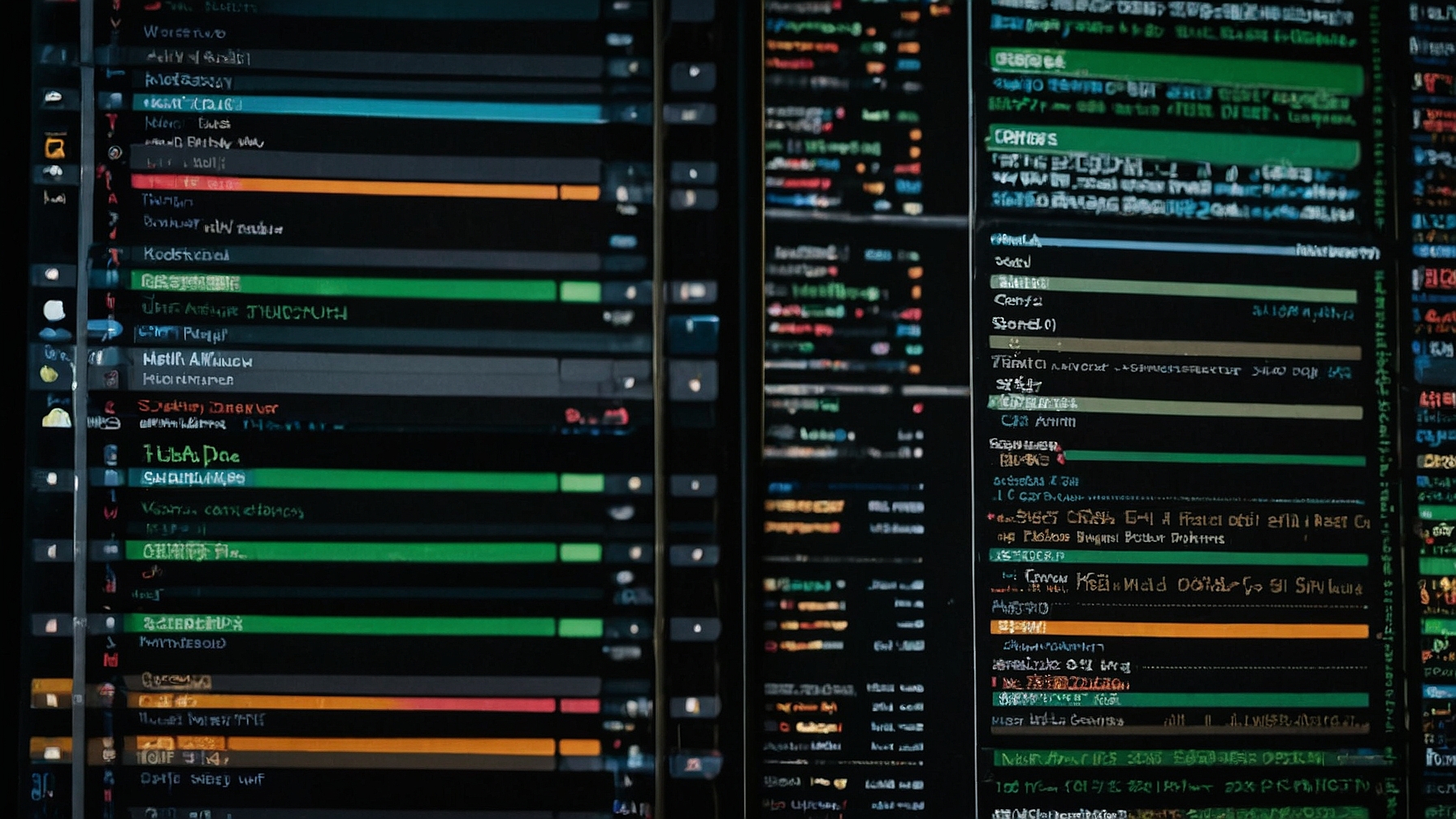
Guide: How to Solve “Umount Target is Busy” Error on Linux
When working with Linux, you may encounter the “umount target is busy” error message when trying to unmount a filesystem or device. This error occurs when the system detects that the target you are trying to unmount is currently in use by a process or program. In this guide, we will explore different methods to solve this issue and successfully unmount the target.
Understanding the Error
Before we dive into the solutions, it is important to understand why this error occurs. When you try to unmount a target, Linux checks if any process or program is currently using that target. If it finds an active process, it prevents the unmount operation to avoid potential data loss or corruption. The error message “umount target is busy” is displayed to inform you that the target cannot be unmounted at that moment.
Identifying the Busy Process
In order to resolve the “umount target is busy” error, you need to identify the process or program that is currently using the target. Here are a few commands you can use to find the busy process:
fuser
The fuser command displays the PIDs (Process IDs) of processes using the specified files or file systems. To use it, simply provide the target as the argument:
fuser /path/to/target
lsof
The lsof (list open files) command lists all open files and the processes that opened them. To find the process using the target, run the following command:
lsof | grep /path/to/target
The output will display the process name and its PID.
Solutions to “Umount Target is Busy” Error
Once you have identified the process using the target, you can try the following solutions to resolve the “umount target is busy” error:
1. Kill the Busy Process
If the process using the target is not critical and can be terminated safely, you can kill it using the kill command. The process will be terminated, allowing you to unmount the target. Here’s how you can do it:
kill PID
Replace PID with the actual process ID obtained from the previous step.
2. Stop the Service
If the busy process is a system service or daemon, you can stop it to release the target. The method to stop a service may vary depending on your Linux distribution. Here are a few common commands:
| Distribution | Command |
|---|---|
| Systemd (Ubuntu, CentOS 7+) | sudo systemctl stop service_name |
| Init.d (CentOS 6, Debian) | sudo service service_name stop |
| Upstart (Ubuntu 14.10 and earlier) | sudo stop service_name |
Replace service_name with the actual name of the service that is using the target.
3. Unmount Forcedly
If stopping the process or service is not an option, you can force unmount the target using the umount command with the -l or --lazy option. This allows the unmount operation to bypass the “target is busy” check. However, be cautious as this may lead to data loss or corruption if the target is indeed in use. Here’s the command:
umount -l /path/to/target
Replace /path/to/target with the actual path of the target you want to unmount.
Similar Commands
Here are a few similar commands that you may find useful when working with filesystems and devices:
mount
The mount command is used to mount filesystems or devices to specific locations in the Linux directory tree.
df
The df command displays information about the disk space usage of filesystems.
sync
The sync command flushes file system buffers to disk, ensuring data is written and preventing data loss.
Conclusion
The “umount target is busy” error can be frustrating, but with the methods provided in this guide, you should be able to identify and resolve the issue. Remember to always exercise caution when forcefully unmounting targets, as it may result in data loss or corruption.

This article incorporates information and material from various online sources. We acknowledge and appreciate the work of all original authors, publishers, and websites. While every effort has been made to appropriately credit the source material, any unintentional oversight or omission does not constitute a copyright infringement. All trademarks, logos, and images mentioned are the property of their respective owners. If you believe that any content used in this article infringes upon your copyright, please contact us immediately for review and prompt action.
This article is intended for informational and educational purposes only and does not infringe on the rights of the copyright owners. If any copyrighted material has been used without proper credit or in violation of copyright laws, it is unintentional and we will rectify it promptly upon notification. Please note that the republishing, redistribution, or reproduction of part or all of the contents in any form is prohibited without express written permission from the author and website owner. For permissions or further inquiries, please contact us.


